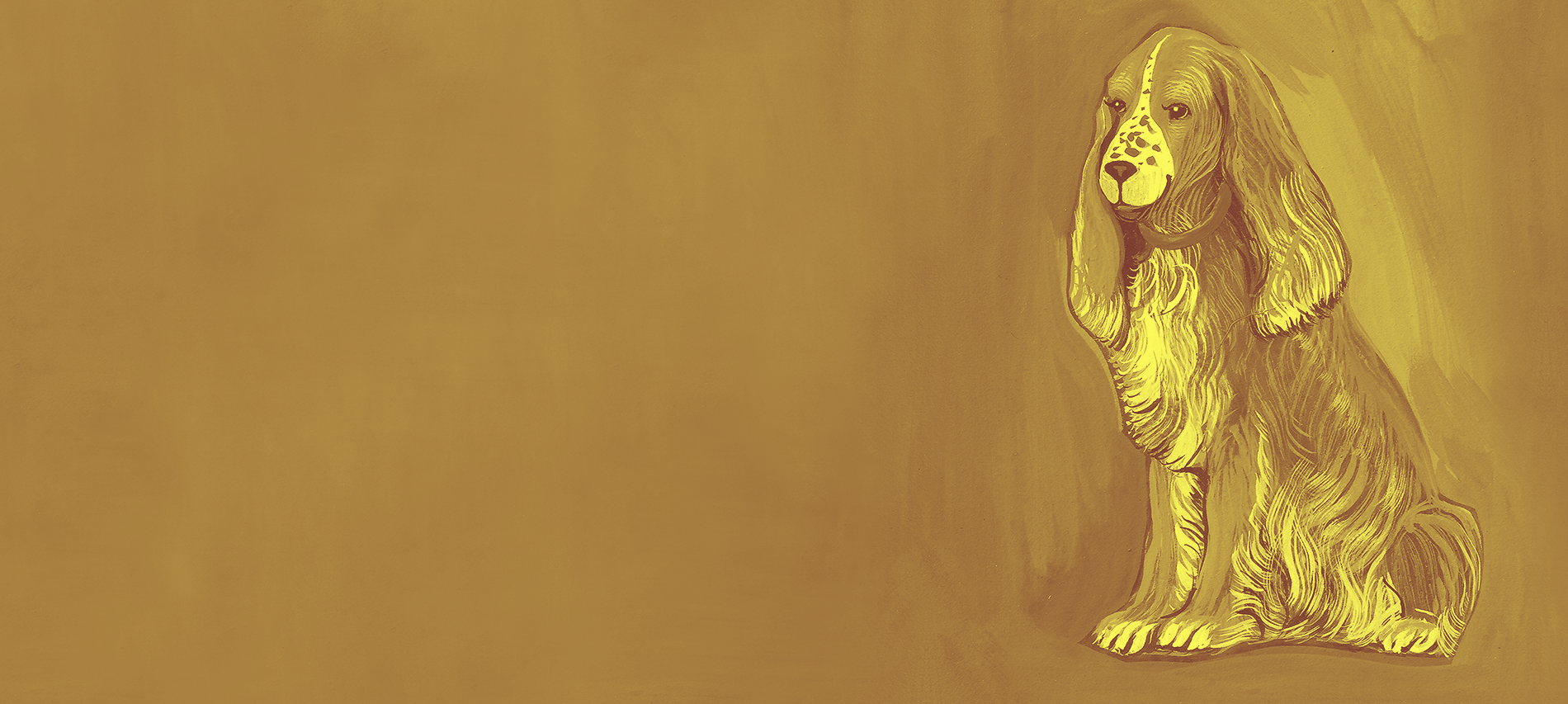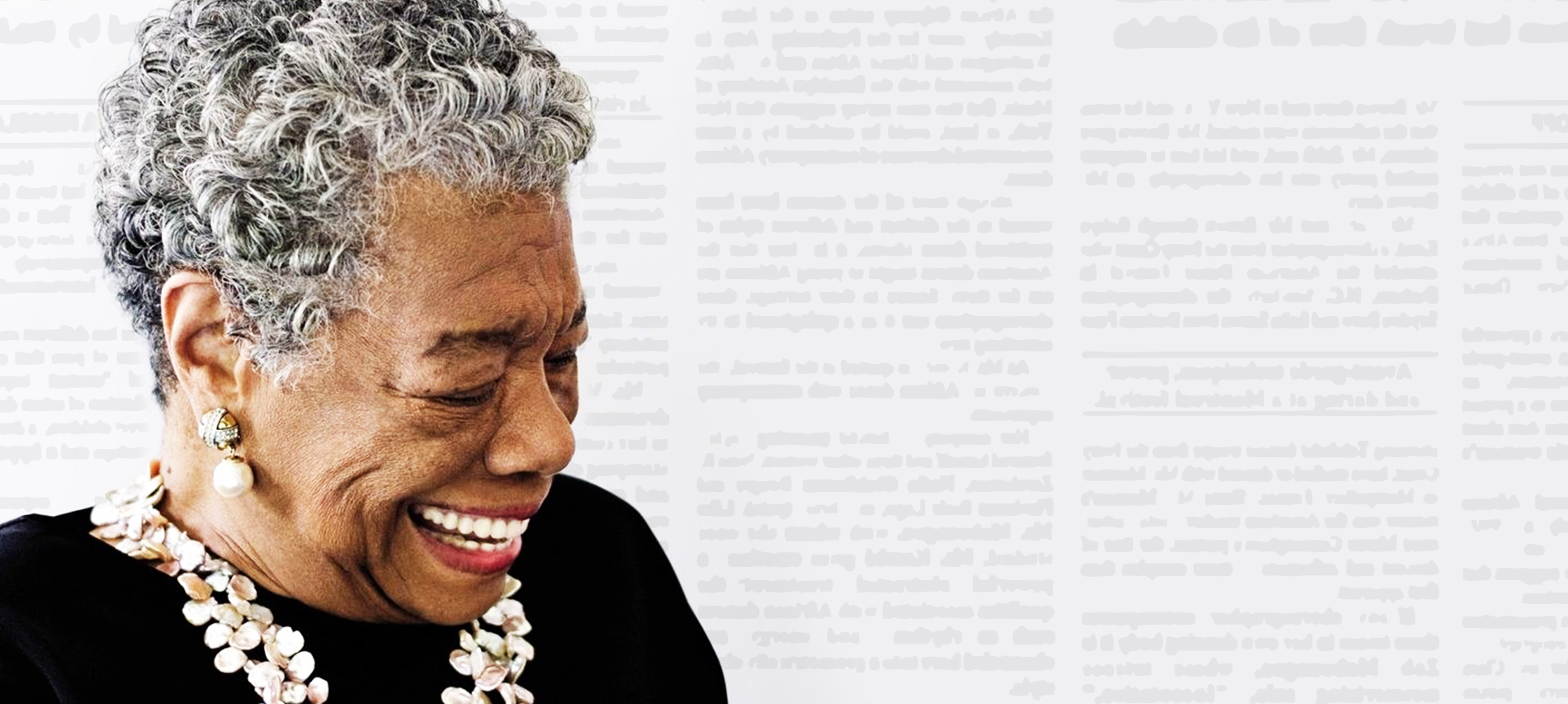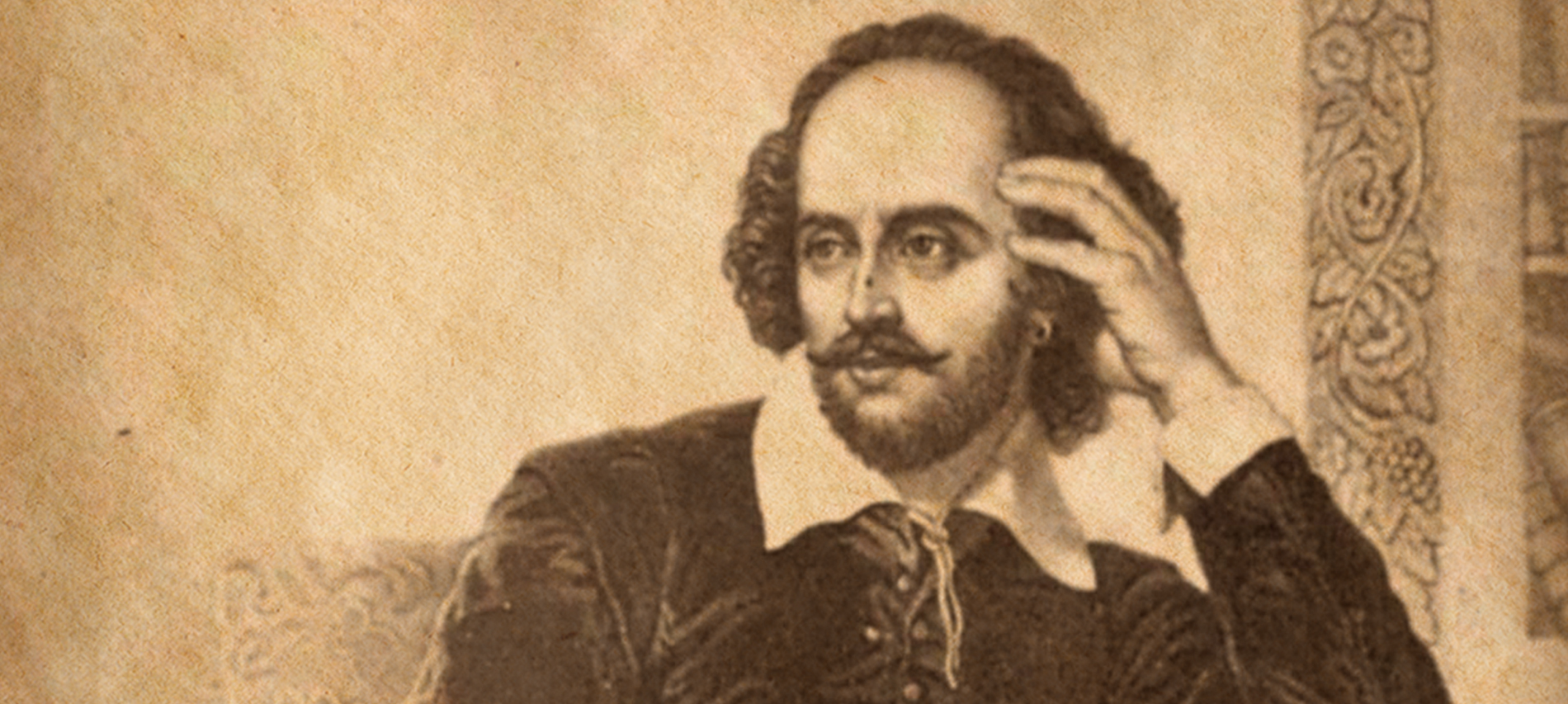The Hazel Wood, is about seventeen-year-old Alice and her mother who have spent most of Alice’s life on the road, always a step ahead of the strange bad luck biting at their heels. But when Alice’s grandmother, the reclusive author of a book of pitch-dark fairy tales, dies alone on her estate – the Hazel Wood – Alice learns how bad her luck can really get. Her mother is stolen away – by a figure who claims to come from the cruel supernatural world where her grandmother’s stories are set. Alice’s only lead is the message her mother left behind: STAY AWAY FROM THE HAZEL WOOD.
Let’s read an excerpt from this absolutely unputdownable book.
_________________________________________________________________________
Althea Proserpine is raising her daughter on fairy tales. Once upon a time she was a girl named Anna Parks, one of the legion of midcentury dreamers who came to Manhattan with their hopes tucked into a suitcase. Then she went missing. Then she came back, and achieved an odd kind of fame, glittering from some angles but dark from others. Now she’s gone again, ed to a turreted house in the deep dark woods, where she lives with her ve- year- old daughter and her husband, an actual royal— she just can’t quit fairy tales. When I get her on the phone, her voice is as alluring as her most famous photo, the one with the ring and the cigarette. I ask if I can come talk to her in person, and her laugh is hot whiskey on ice. “You’d get lost on the way to nding me,” she says. “You’d need breadcrumbs, or a spool of thread.” — “The Queen of the Hinterland,” Vanity Fair, 1987
My mother was raised on fairy tales, but I was raised on highways. My first memory is the smell of hot pavement and the sky through the sunroof, whipping by in a river of blue. My mom tells me that’s impossible— our car doesn’t have a sunroof. But I can still close my eyes and see it, so I’m holding on to it.
We’ve crossed the country a hundred times, in our beater car that smells like French fries and stale coffee and plasticky strawberries, from the day I fed my Tinkerbell lipstick into the slats of the heater vent. We stayed in so many places, with so many people, that I never really learned the concept of stranger danger.
Which is why, when I was six years old, I got into an old blue Buick with a redheaded man I’d never met and drove with him for fourteen hours straight— plus two stops for bathroom breaks and one for pancakes— before the cops pulled us over, tipped off by a waitress who recognized my description from the radio.
By then I’d figured out the man wasn’t who he said he was: a friend of my grandmother, Althea, taking me to see her. Althea was already secluded in her big house then, and I’d never met her. She had no friends, just fans, and my mother told me that’s what the man was. A fan who wanted to use me to get to my grandma.
After they’d determined I hadn’t been assaulted, after the redheaded man was identified as a drifter who’d stolen a car a few miles from the place we were staying in Utah, my mother decided we’d never talk about it again. She didn’t want to hear it when I told her the man was kind, that he’d told me stories and had a warm laugh that made me believe, deep in my six- year- old’s heart, he was actually my father come to claim me. She’d been shown the redheaded man in custody through a one- way mirror, and swore she’d never seen him before.
For a few years I’d persisted in believing he was my dad. When we left Utah after his arrest, to live for a few months in an artists’ retreat outside of Tempe, I worried he wouldn’t be able to find me again.
He never did. By the time I turned nine, I’d recognized my secret belief for what it was: a child’s fantasy. I folded it away like I did all the things I didn’t need— old toys, bedtime superstitions, clothes that didn’t fit. My mom and I lived like vagrants, staying with friends till our welcome wore through at the elbows, perching in precarious places, then moving on. We didn’t have the luxury of being nostalgic. We didn’t have a chance to stand still. Until the year I turned seventeen, and Althea died in the Hazel Wood.

Tag: Penguin India
Syama Prasad Mookerjee by Tathagata Roy – Excerpt
Dr Syama Prasad Mookerjee was an educationist, politician and patriot who often opposed the official narratives of his time but fought consistently for India’s independence and pre-eminent position in the world. His life has remained largely unexplored until now.
In the book, Syama Prasad Mookerjee: Life and Times, author Tathagata Roy aims to rectify that omission by examining his life in detail and shedding light on the turbulent and contentious events of his times.
Here is an excerpt from the book that talks about his entry into politics in 1939.
________________________________________________________________________________
Dr Mookerjee’s political career had begun in a small way. When he entered the Bengal Legislative Council in 1929 as a Congress candidate from the Calcutta University constituency, it was a projection of his growing reputation as an educationist. In a sense, this was not really a political move, because his intention behind entering the council was to act as a watchdog for the interests of the university in the legislature. When the Congress gave a call for boycott of councils in 1930, Dr Mookerjee duly obeyed and resigned from the council. Perhaps he was confident that he could walk into the council any time he wanted to. As a matter of fact, he was re-elected to the council as an independent candidate from the same university constituency. The primary reason behind Dr Mookerjee’s entry into fulltime realpolitik lay in the treatment meted out to the minority Bengali Hindus by the rabidly communal Muslim League– Krishak Praja Party coalition government of Bengal. It was a coalition for namesake, with the Muslim League calling all the shots, and the Krishak Party (including the Prime Minister and the Hindu ministers) meekly following. As always, the Congress, which was roundly supported by the Hindus of Bengal, chose not to take up their case for fear of losing the vote of a particular community, and Dr Mookerjee was persuaded that he, of all persons, could not stand and idly watch the situation. Those who blame Dr Mookerjee today for not doing ‘inclusive politics’ are rather unaware of the political realities of that time. It is important to recontextualize his life in the context of the political realities of that time. The Government of India Act of 1935 came into effect in 1937, and in the same year, Dr Mookerjee was again elected to the Bengal assembly. So he had the opportunity to study the working of provincial autonomy from close quarters. Nevertheless, since his tendencies lay in the sphere of educational administration, Dr Mookerjee did not feel attracted to the ‘noisy and dusty career of a politician’. Rather, he felt that the best way for him to serve his country would be through the path of education. The major factor that drove him into politics was the political situation, particularly the aftermath of the Government of India Act of 1935. The minority Hindus of Bengal (about 47 per cent) had already been crushed under Ramsay Macdonald’s Communal Award of 1932, which reduced Hindus to political impotence. The Congress’s reaction to the Communal Award was of ‘noncommitment’— they neither supported it nor opposed it. It is difficult to see how the premier political party of India refused to take a position on an important pronouncement by the British Prime Minister. This refusal turned out to be a grave blunder. In the 1935 Act a separate electorate was provided ‘with a vengeance’ for giving special protection to the majority Muslim community in Bengal. In his diary written much later (1944), Dr Mookerjee records some of the glaring instances of Hindu suffering, such as the ratio of communal representation in respect of the services, the defilement of Hindu images, the suppression and supersession of better qualifications in respect of Hindus, and preferential treatment of Muslims in educational and other technical services, the passing of laws specially jeopardizing Hindus, the encouragement of riots and attacks on Hindu women. Almost identical sentiments were expressed by Nirad C. Chaudhuri, who trod a very different path from Dr Mookerjee.

How to be Human by Manjeet Hirani – An Excerpt
Manjeet Hirani is a senior commander and trainer with Air India. Fascinated by all things philosophical, she is also an influencer and a speaker across various platforms. Manjeet blogs at manjeethirani.com. In this book, How to be Human: Life Lessons from Buddy Hirani, she writes through her personal experience with her dog, Buddy, about attachment, parenting, and karma, among other things. This is a charming and heart-warming book that, with its light touch, will make you look at life from a less cynical standpoint.
Let’s read the foreword by Dia Mirza
——————-
Sultan, my beautiful golden Labrador, would know when my car would reach the junction that led to my apartment building. He’d run to the front door and lie down in front of it, wagging his tail well before I would even reach the porch! There was never a day in his eleven years of life that he didn’t make it to the door in time to greet me.
Sultan always knew when I was coming home or leaving on a long trip. He knew everything. He knew when I was happy or sad or angry. He would find an endearing way to let me know that he was around. He would sit by my side with his head on my lap, or put a paw on my foot, or prance around wagging his tail.
He always found a way to show that he cared, that he loved me no matter what. He never judged me or found fault with me.
Sultan was also a great teacher. I think much of who I am today is courtesy the many lessons of compassion and love that he and the other pets we’ve had taught me.
Dogs are healers; I think they are the non-human form of saints. They are often found assisting in all kinds of recovery programmes to aid human beings in overcoming seemingly insurmountable (physical and emotional) problems across the world. They are a part of security squads and protection groups. It is not without reason that dogs are called man’s best friend.
The thought of a life without knowing the love of a dog seems incomprehensible to me. Thank goodness for children and their inherent love for animals! They are born with knowledge that ensures their response to nature, i.e. pets, is instinctual. If it weren’t for Vir’s incessant pleas and his deep desire to bring a dog home, then perhaps this remarkable discovery unfolding each day would have gone undiscovered in the Hirani household.
Manjeet Hirani has written one of the most honest accounts of what it means for a person to embrace a pet. To me, what remains the most fascinating aspect is her willingness to share how much she is learning from this incredible new member of their family. Manjeet is a mother, daughter, wife, sister, friend, pilot, and now a dog lover.
This book is a beautiful journey of discovery and learning—a journey of love that has made its way into every day and into every moment. It is about the deep abiding joy that Buddy has brought into the Hirani home. But above all it is a book that will help even the non-believer become a believer.

Quiz on Parshu-Raam and Vishwamitra
She Who Knew How the Caged Birds Sang
With the guidance of her friend, the novelist James Baldwin, Maya Angelou began work on the book that would become I Know Why the Caged Bird Sings. Published in 1970, I Know Why the Caged Bird Sings received international acclaim and made the bestseller list. The book was also banned in many schools during that time as Maya Angelou’s honesty about having been sexually abused opened a subject matter that had long been taboo in the culture. Later, I Know Why the Caged Bird Sings would become a course adoption at college campuses around the world
On her birthday, we take a look at her famed work through the various poignant quotes by her:
————————






8 Facts about the Islamic Flows between the Gulf and South Asia
Over the last fifty years, pan-Islamic ties have intensified between the Gulf and South Asia. Gathering together some of the best specialists on the subject, The Islamic Connection, edited by Christophe Jaffrelot and Laurence Louër, explore these ideological, educational and spiritual networks, which have gained momentum due to political strategies, migration flows and increased communications. At stake are both the resilience of the civilization that imbued South Asia with a specific identity and the relations between Sunnis and Shias in a region where Saudi Arabia and Iran are fighting a cultural proxy war.
Here are some facts about the Islamic Flows between the Gulf and South Asia:
———————————–









A Fools Paradise with Shakespeare
Like the real fools and jesters of the time, Shakespearean fools were common individuals that outwitted people of higher social status. They find place in many of William Shakespeare’s works:
“Shakespeare’s fools are subtle teachers, reality instructors one might say, who often come close to playing the part that Socrates, himself an inspired clown, played on the streets of Athens. They tickle, coax and cajole their supposed betters into truth, or something akin to it. They take the spirit of April Fools’ Day to an inspired zenith.” (Edmundson, 2000)
This April Fool’s day, here’s our literary take on the Shakespeare’s fools:
—————————-






——————————-
Edmundson, M. (2000). Playing the Fool. New York Times, Retrieved from www.nytimes.com.
https://archive.nytimes.com/www.nytimes.com/books/00/04/02/bookend/bookend.html
Up, Close & Personal: Meet the Residents of Auroville
“A group of youth mixed earth from 124 countries and twenty-three Indian states in a marble urn, a symbolic enactment of human unity.”
Auroville has a reputation as a cosmopolitan, spiritual township, but it remains an enigma to outside observers. What is life really like in the community? What do its residents believe in, and what are they aspiring towards? Akash Kapur’s anthology, titled Auroville: Dream & Reality includes fiction, essays, poetry and drama written by visitors and residents of the township. Let us meet seven of the talented folks who have contributed to his book:
———–






 —————–
—————–

5 Hair-Raising Facts about India’s Landmark Criminal Cases
Dr. Pinky Anand, a trustee of The Arts and Cultural Heritage Trust is a designated senior advocate at the Supreme Court of India and the incumbent Additional Solicitor General of India. Drawing on her vast experience, Pinky Anand in her book, Trials of Truth: India’s Landmark Criminal Cases, examines criminal cases that have captured public interest. She gives us an inside look and lawyer’s perspective into the manner of legal proceedings, strategies employed by legal counsel on both sides and the rigour with which courts come to verdicts.
Here are 5 gripping facts about these cases:
————






Robert Frost will be your Favourite Go-to Poet; Here’s how!
Winner of four Pulitzer Prizes, Frost was a poetic force reckoned the world over. On this prolific writer’s birthday, we bring you 10 of his absolute heart melting, comforting and inspiring quotes, that will definitely make him your favourite poet!
Let’s have a look at these beautiful masterpieces:




























